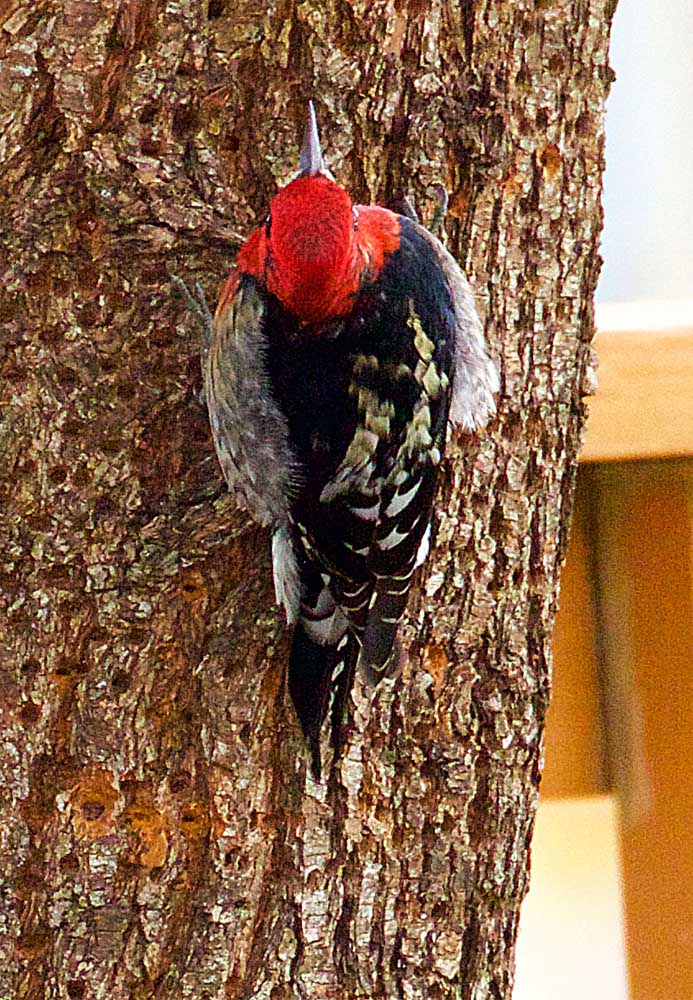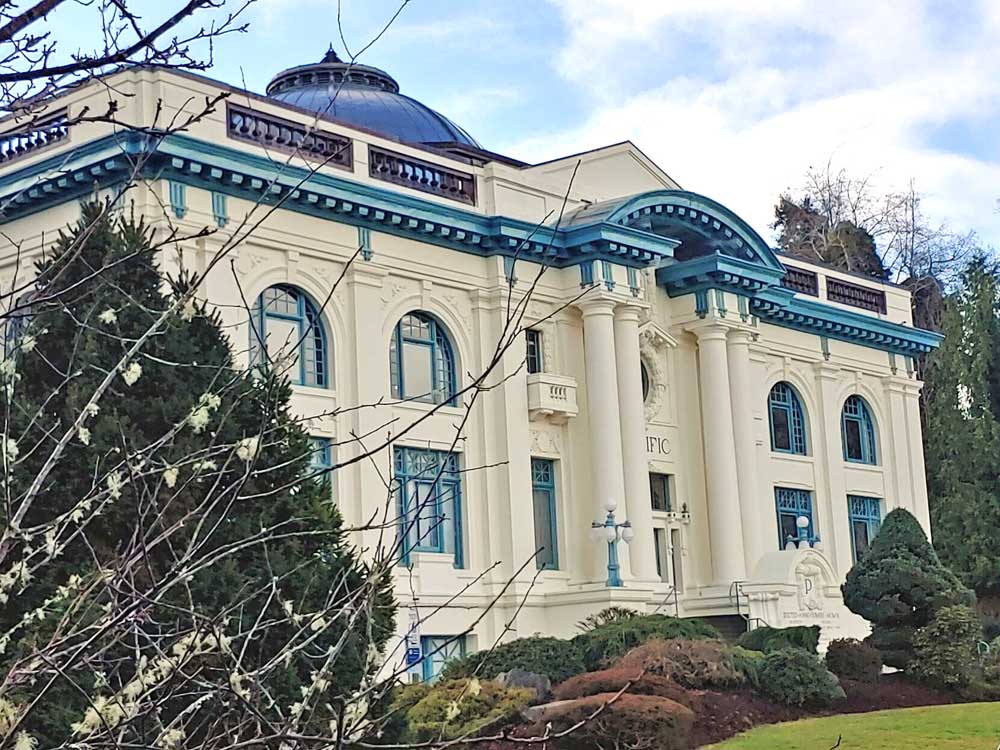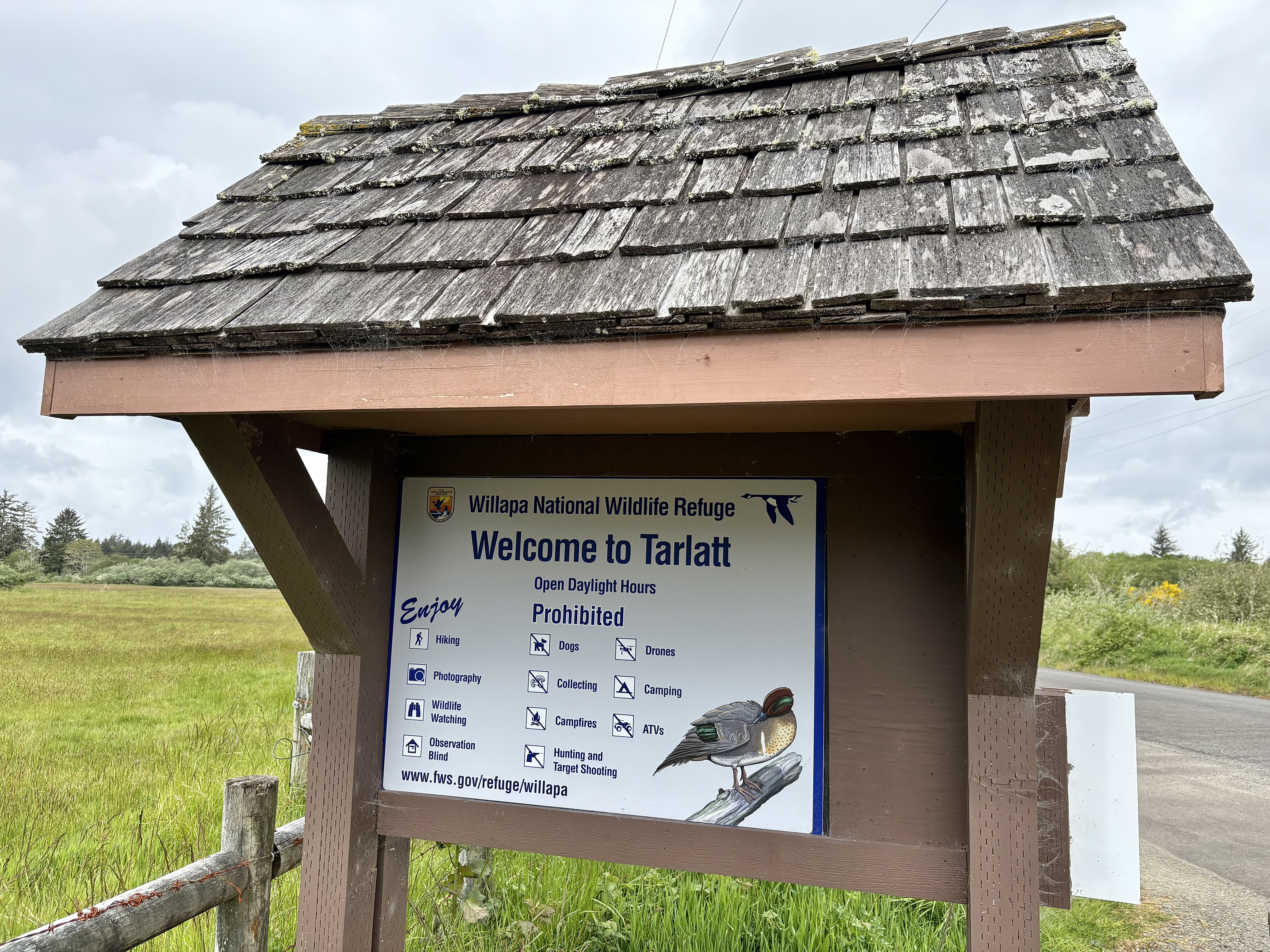Birdwatching Christmas Bird Count team finds two sapsuckers
Published 6:16 am Tuesday, December 19, 2017

- The red-breasted sapsucker has narrow rows of yellowish spots on its back.
Dec. 16 was the day of the Christmas Bird Count here on the Peninsula. The weather was perfect for the most part — meaning no rain to speak of! The group I was with recorded three of the five woodpecker species found on the Willapa National Wildlife Refuge and the rest of the Peninsula.
Trending
We saw the largest woodpecker, which is the pileated woodpecker. It has a flaming red crest and a wingspan of just over two feet. We only tallied one pileated, but we saw several northern flickers. The northern flicker is also a large woodpecker with a wingspan of up to 21 inches. It is common in our area and widespread. It can be seen in forested areas, at the edge of wood lots, in gardens and on golf courses. It will also come to feeders, but generally speaking the flicker forages on the ground most of the time looking for ants.
The third woodpecker species we spotted is what I call the “winter woodpecker beauty.” In total, two different individuals were seen. Both were males, with mostly red heads and chest. A careful look at the bird’s back revealed narrow rows of yellowish colored spots on black. A white stripe runs up the bird’s side. The red-breasted sapsucker is the only woodpecker to have a vertical stripe on the side.
Both sapsuckers were seen in a garden foraging on a shrub or tree trunk for sap and insects. Another favorite food is fruit. It searches for insects by “gleaning, probing, prying tapping and flycatching,” according to Cornell Ornithological Lab. It drills shallow holes in the bark of a few trees going around and around in several circles. When the holes fill with sap the sapsucker licks up the sap. Other birds, such as the rufous hummingbird, depend on the sapsucker wells for their meals. A hummer may follow a sapsucker around drinking from the wells the red-breasted sapsucker has kept flowing.
Trending
The red-breasted sapsucker is a mainstay of the coniferous forests of the northern Pacific Coast, and is usually found at middle or lower elevations. It also frequents mixed deciduous and coniferous forests.
On the Christmas Bird Count day, the group I was with saw this winter woodpecker beauty in Oysterville and Nahcotta. Look for them in your garden or on your walks in the forests of the Refuge.
The two woodpecker species not seen by my group during the Christmas Bird Count are the downy and the hairy woodpecker.









